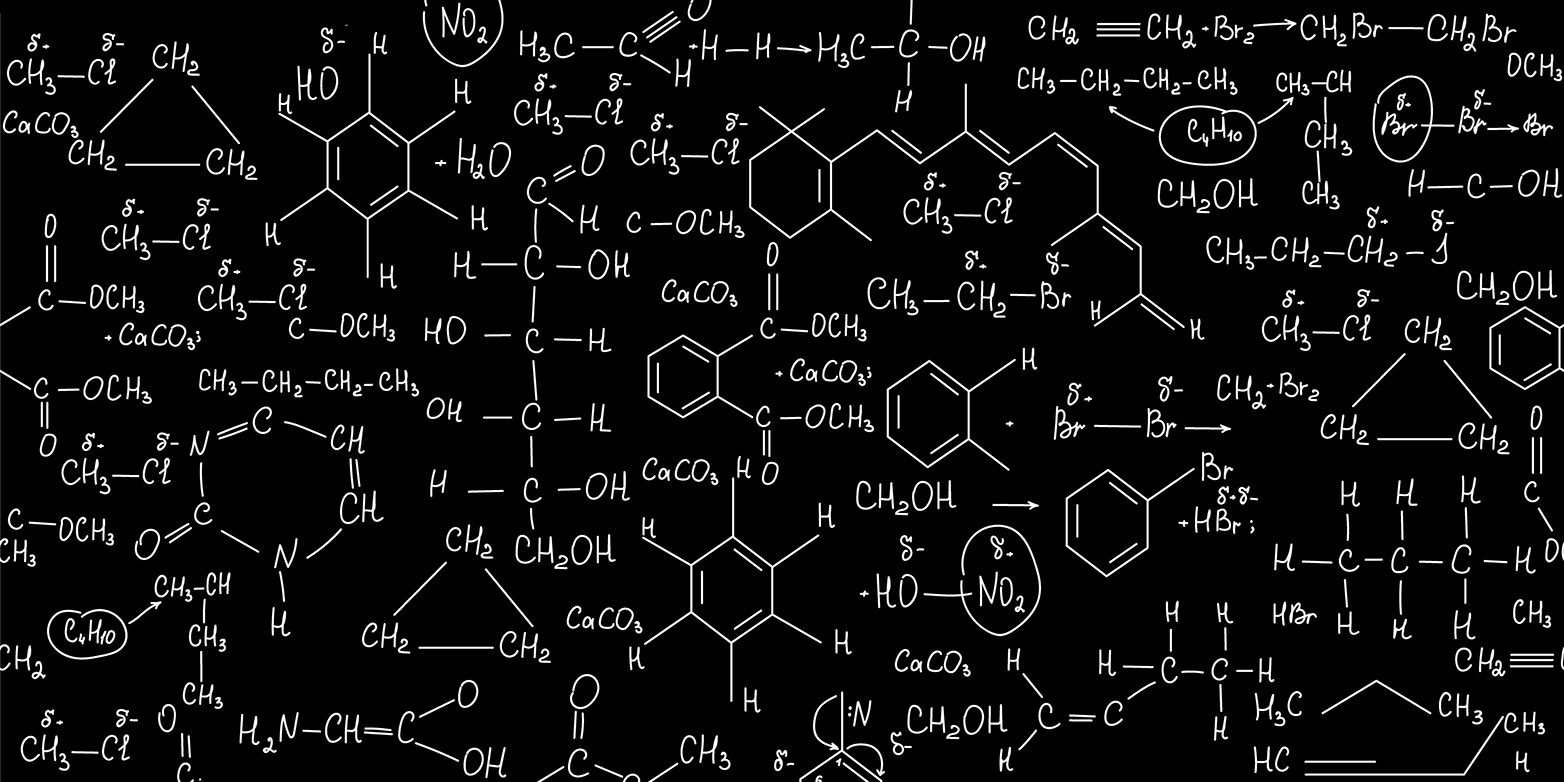We need to simplify chemistry

Making the chemical industry sustainable means reducing not only its dependence on fossil raw materials but also its toxicity footprint. This is achievable if the industry reduces its product range, explains Martin Scheringer.
Like many industries, the chemical industry needs to become more sustainable and, among other things, reduce its carbon footprint. But the situation is particularly complicated in the chemical industry, because in addition to its carbon or climate footprint, its toxicity footprint is also significant. This represents the toxic effects of chemicals released from chemical production processes and from chemical products. Examples of such substances are perfluorooctanoic acid (PFOA) and its alternative product, GenX, which are used in the production of fluoropolymers such as Teflon, as well as plasticisers and UV absorbers for plastics, flame retardants, or UV filters in sun creams.
“It isn’t even possible to come up with a reliable assessment of all substances on the market.”Martin Scheringer
So far, the toxicity footprint hasn’t stood at the centre of the sustainability debate. Over recent decades, it has even increased.1, 2, 3 Moreover, the carbon footprint and the toxicity footprint have only a limited connection with each other. If in an effort to reduce its carbon footprint the chemical industry uses fewer fossil raw materials and makes production processes more energy efficient, this does not necessarily lead to a reduction in the toxicity problem.

But how can these two footprints still be reduced together? One way is to reduce the amount and number of chemical products on the market.
In industrialised countries, statutory chemicals regulations are in place that are supposed to record the risks to humans and the environment of commercially distributed chemicals. However, there are so many different substances in circulation (several tens or even several hundreds of thousands, depending on the estimate)4 that the risk assessment carried out for many of them is only rudimentary, with inadequate coverage of many toxic effects.5
Overall, the complexity of the problem – the multitude of substances and the multitude of all their effects on the Earth’s organisms and ecosystems – is so great that it isn’t even possible to come up with a reliable assessment of all substances on the market.5 As the experience of recent years shows, even semi-automated, high-throughput methods for assessing substances aren’t powerful enough to solve this problem.
Studying fewer chemicals more thoroughly
To make the problem solvable – and thus also to reduce the toxicity footprint – it is necessary to make “chemical simplification” the goal in chemical research and in materials science. Specifically, the goal is to reduce the number of chemicals used in materials. The idea is to use fewer different chemicals, but to study those that are used more thoroughly in terms of their environmental toxicity.5, 6
The fact that such a simplification ought to be possible is shown by the example of baking parchment, the grease-repellent properties of which are a result of impregnating agents containing fluorine. However, it is also possible to produce greaseproof paper simply by virtue of how the wood is ground in the paper mill and broken down for papermaking, i.e. without any added greaseproofing chemicals.
Not hostile to innovation
From the chemical industry’s point of view, any move to abandon a wide range of materials and products could be perceived as hostile to innovation. However, a more comprehensive view shows that this is actually not the case. Chemical simplification isn’t possible without extensive innovation in product design and corresponding research and development. It makes the economy and society more “chemical-efficient” and meets a social and economic need: new, chemically simpler materials and products can be protected by patents and thus also generate additional economic value.
Many suppliers of consumer products have made it their goal to offer low- or zero-pollutant products – and they are willing to change their production accordingly. Thus, chemical simplification offers a promising way to simultaneously reduce the chemical industry’s toxicity and climate footprint.
1 Bernhardt ES, Rosi EJ, Gessner MO: Synthetic chemicals as agents of global change. Frontiers In Ecology and the Environment 2017, 15: 84, doi: external page 10.1002/fee.1450
2 Schulz R, Bub S, Petschick LL, Stehle S, Wolfram J: Applied pesticide toxicity shifts toward plants and invertebrates, even in GM crops. Science 2021. 372: 81, doi: external page 10.1126/science.abe1148
4 Wang Z, Walker GW, Muir DCG, Nagatani-Yoshida K: Toward a Global Understanding of Chemical Pollution: A First Comprehensive Analysis of National and Regional Chemical Inventories, Environmental Science & Technology 2020. 54: 2575, doi: external page 10.1021/acs.est.9b06379
5 Fenner K, Scheringer M: The Need for Chemical Simplification As a Logical Consequence of Ever-Increasing Chemical Pollution, Environmental Science & Technology 2021. 55: 14470, doi: external page 10.1021/acs.est.1c04903
6 Kümmerer K, Clark JH, Zuin VG: Rethinking chemistry for a circular economy, Science 2020. 367: 369, doi: external page 10.1126/science.aba4979